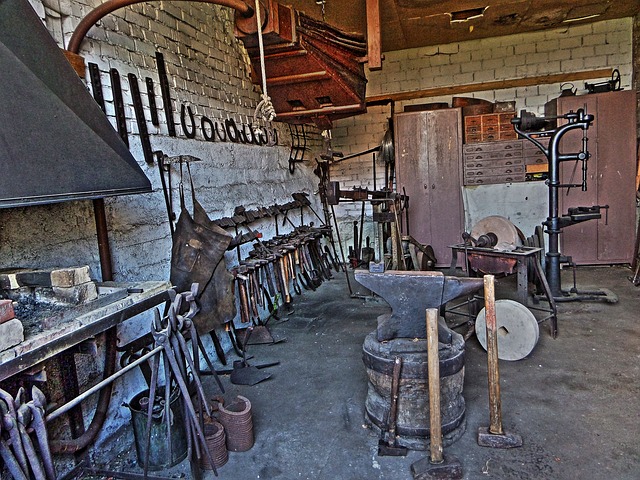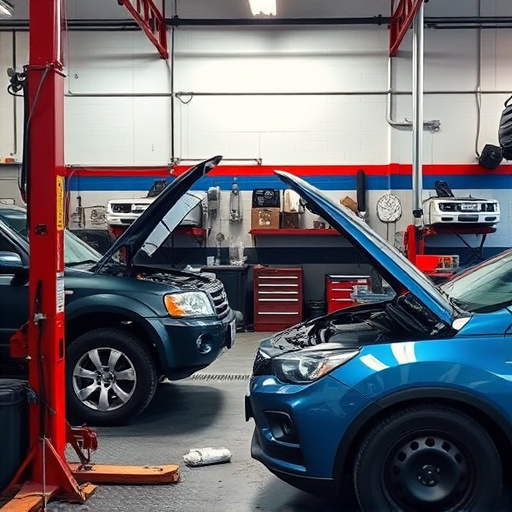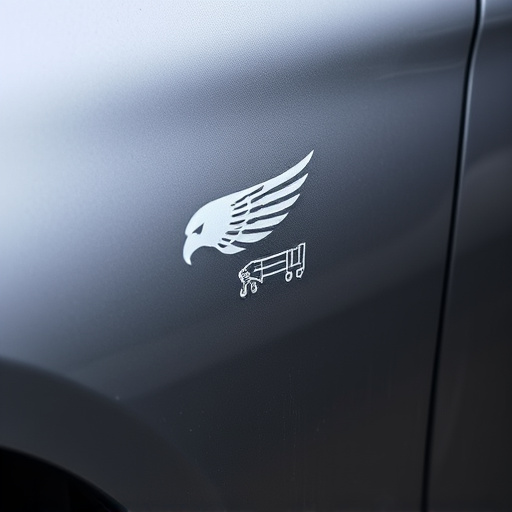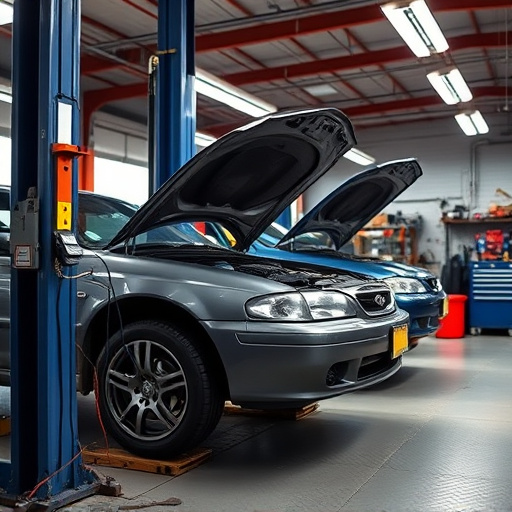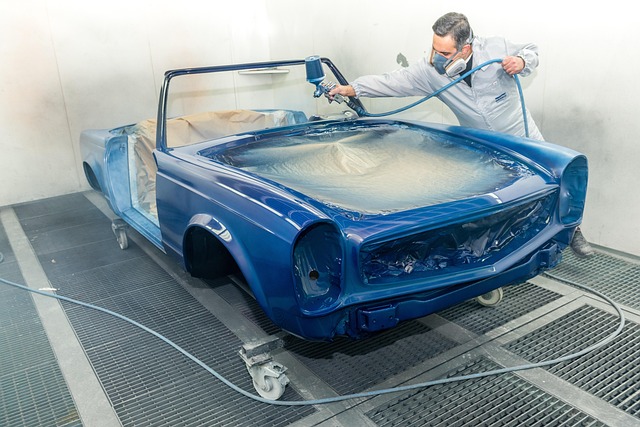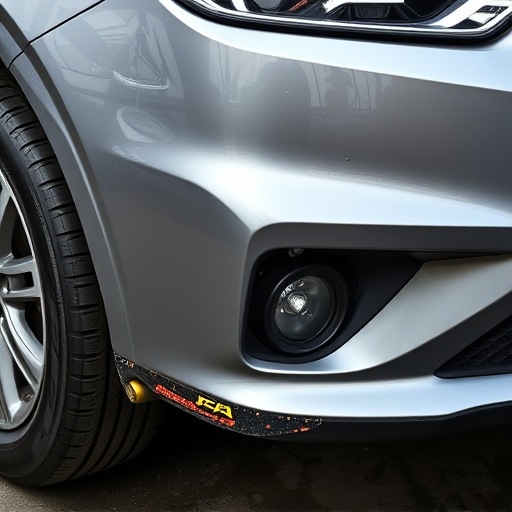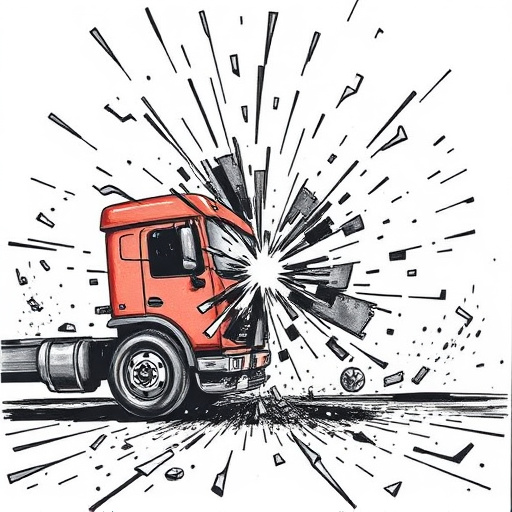Collision repair certification is a key driver of transparency in the automotive industry, ensuring shops meet stringent standards in training, ethics, customer service, and record-keeping. Certified facilities meticulously document every step of repairs, protecting clients from unexpected costs and subpar work while fostering trust and accountability within the industry. This level of transparency ultimately elevates auto repair standards, benefiting both consumers and businesses alike.
In today’s automotive landscape, transparency is paramount. Certified repair shops play a pivotal role in fostering trust through meticulous documentation practices. This article delves into the significance of collision repair certification and its direct correlation with transparent work documentation.
We explore how these shops maintain accountability by documenting every step of the repair process, empowering customers with clear insights and ensuring industry-wide standards. By understanding these practices, both parties benefit from enhanced trust and improved customer satisfaction.
- Understanding Collision Repair Certification: The Foundation of Transparency
- Documentation Practices in Certified Shops: Unlocking Accountability
- Benefits of Transparent Documenting for Customers and the Industry
Understanding Collision Repair Certification: The Foundation of Transparency

Collision repair certification is a cornerstone in fostering transparency within the automotive industry, particularly for car damage repair and vehicle repair services. Certified shops undergo rigorous training and assessments to acquire this distinction, ensuring they meet the highest standards for their operations. This process involves learning not just technical aspects of car collision repair but also ethical practices and customer service excellence.
By obtaining certification, these repair shops demonstrate a commitment to providing accurate estimates, utilizing genuine parts, and maintaining comprehensive records of all work done. Such documentation is vital in building trust with clients, as it allows them to understand the scope of repairs, costs involved, and the quality of materials used. Transparent practices not only empower car owners but also encourage competition among repair facilities, ultimately driving up industry standards for vehicle repair.
Documentation Practices in Certified Shops: Unlocking Accountability

In the realm of collision repair, transparency is key to building trust with clients and maintaining high standards. Certified repair shops play a pivotal role in this regard through their meticulous documentation practices. Unlike general vehicle body shops, these specialized facilities ensure every step of the repair process is meticulously recorded, from initial assessments to final inspections. This level of documentation serves as a shield for accountability, enabling both the shop and clients to refer back to detailed records.
When it comes to services like tire repairs or auto dent removals, proper documentation becomes even more critical. Certified shops utilize advanced systems to track parts replacements, work hours, and technician qualifications, ensuring every transaction is clear and traceable. This transparency not only safeguards customers but also fosters a culture of integrity within the collision repair industry, setting these certified shops apart from their uncertified counterparts.
Benefits of Transparent Documenting for Customers and the Industry
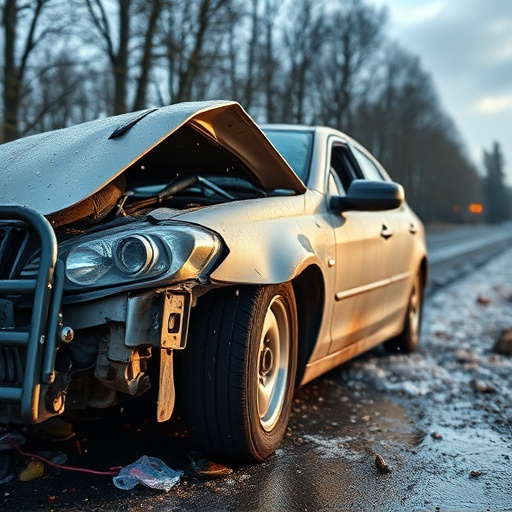
For customers, transparent documenting by certified repair shops offers numerous advantages. It empowers them to understand the scope and details of the work being performed on their vehicles, fostering trust and confidence in the body shop services they receive. Knowing exactly what repairs are needed, the estimated cost involved, and how each step contributes to vehicle restoration can alleviate concerns and anxiety about unexpected charges or subpar workmanship.
Moreover, transparent documentation benefits the industry as a whole. It promotes accountability among collision repair facilities by ensuring that every service rendered is accurately recorded, facilitating ethical business practices. This practice also facilitates communication between shops, insurance providers, and customers, streamlining claim processes and reducing instances of miscommunication or fraud. Ultimately, transparent documenting contributes to maintaining high standards in auto painting and vehicle paint repair, enhancing the overall customer experience.
Certified repair shops embrace collision repair certification as a cornerstone of transparency, fostering trust with customers. Through rigorous standards and documented practices, these shops ensure accountability in every step of the repair process. Transparent documentation benefits both consumers and the industry by promoting high-quality work, clear communication, and informed decisions, revolutionizing the perception of auto repair services.
